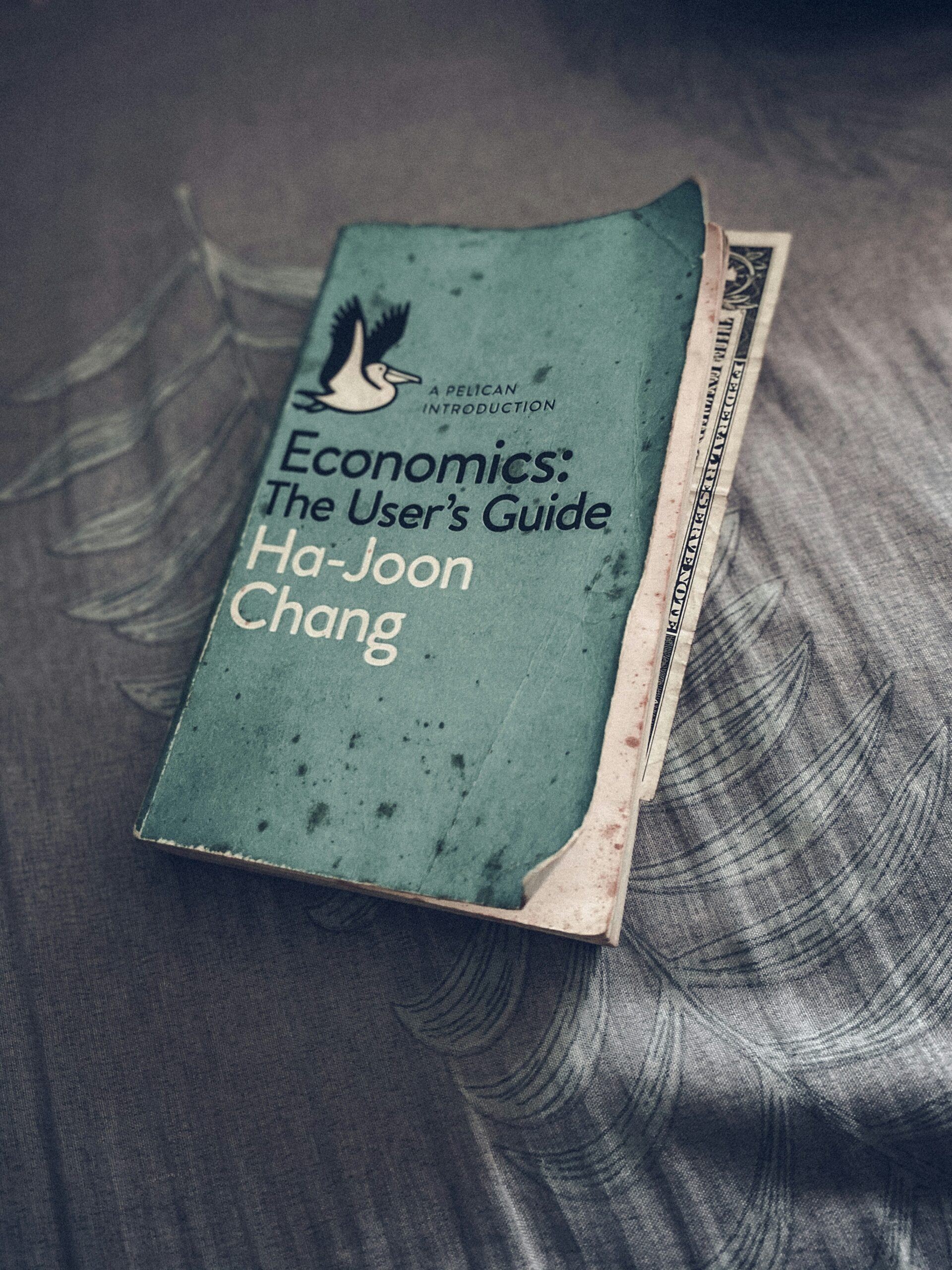
Applied Economics and Management (AEM) is a dynamic and multidisciplinary field that combines economic theory with practical management principles to address complex challenges faced by businesses, governments, and non-profit organizations. It empowers individuals with the analytical and decision-making tools necessary to understand market behavior, optimize resource allocation, and drive sustainable growth.
At the heart of AEM is the belief that economic concepts should not remain confined to theoretical models but must be applied directly to real-world situations. This applied focus equips professionals to interpret economic signals and make strategic decisions that balance profitability, efficiency, and social responsibility.
Understanding the Foundations
The foundation of AEM rests on core economic principles, such as supply and demand, market competition, and consumer behavior, integrated with management techniques that include organizational leadership, financial analysis, and marketing strategy. This fusion allows practitioners to see beyond numbers and forecasts, appreciating how human behavior and institutional contexts influence economic outcomes.
Courses in an AEM program typically cover microeconomics and macroeconomics to build an understanding of individual and aggregate economic activity. Quantitative methods such as statistics and econometrics are emphasized, enabling the rigorous analysis of data to inform decisions. Complementing these are courses on finance, accounting, strategy, and operations management that prepare students to manage businesses and organizations effectively.
Practical Applications in Business
One of the most substantial advantages of AEM is its applicability across various sectors. In the private sector, AEM professionals are responsible for financial management, marketing analytics, supply chain optimization, and strategic planning. For example, they analyze consumer trends to adjust pricing and assess investment risks, thereby boosting shareholder value.
By applying economic reasoning, managers can better anticipate competitive moves, market shifts, and regulatory changes. This foresight enables agile decision-making, allowing companies to innovate and adapt effectively. For instance, understanding elasticity of demand helps firms determine how price changes might affect total revenue, guiding promotional campaigns or product development.
Impact on Public Policy and Social Programs
Beyond corporate environments, AEM has a significant impact on public policy and social initiatives. Governments and non-profit organizations utilize applied economics to design policies that promote economic development, reduce inequality, and improve public welfare. For example, analyzing labor market data helps policymakers craft effective job training programs or evaluate the financial consequences of minimum wage adjustments.
In this context, AEM professionals employ cost-benefit analysis and impact evaluation techniques to ensure that resources are utilized efficiently and goals are effectively achieved. They assess how tax policies influence economic behavior or how infrastructure investments can boost regional growth. Such insights contribute to better governance and more equitable outcomes.
The Role of Data and Technology
The digital era has transformed the scope and scale of AEM. Big data analytics, machine learning, and advanced statistical software have revolutionized the way economic and managerial problems are addressed. Applied economists and managers now have access to vast datasets enabling granular market segmentation, real-time performance tracking, and predictive modeling.
For instance, companies use data-driven insights to personalize marketing efforts or optimize inventory management. Governments employ econometric models to forecast economic cycles or assess the impact of fiscal stimulus. This integration of technology enhances precision, efficiency, and strategic clarity, making AEM more relevant than ever.
Entrepreneurship and Innovation
Applied Economics and Management also nurtures entrepreneurial thinking by teaching how to identify market opportunities and manage new ventures. Entrepreneurs benefit from understanding market dynamics, conducting competitive analysis, and developing effective financial plans, all of which are essential for launching and sustaining successful businesses.
An AEM background equips founders to make informed decisions about product pricing, customer acquisition, and scaling operations. Additionally, the field encourages innovation by blending economic incentives with managerial creativity, enabling ventures to navigate uncertainty and capitalize on emerging trends.
Career Pathways and Opportunities
Graduates with expertise in Applied Economics and Management enjoy diverse and rewarding career opportunities. They can pursue roles such as economic analysts, financial advisors, marketing strategists, policy consultants, and operations managers. Their skill set is valuable across industries, including banking, consulting, government agencies, healthcare, technology, and manufacturing.
Many AEM professionals also advance to leadership positions, where they utilize their analytical and managerial skills to inform and guide organizational strategy and growth. The versatility of the discipline allows them to transition between sectors and adapt to evolving economic landscapes.
Developing Critical Skills
Beyond technical knowledge, AEM cultivates essential soft skills, including critical thinking, communication, and problem-solving. Professionals learn to interpret complex data, construct persuasive arguments, and collaborate across disciplines. These competencies are vital in today’s interconnected world, where challenges are multifaceted and solutions require multidisciplinary approaches.
Programs in AEM often include experiential learning opportunities such as internships, case competitions, and consulting projects. These experiences enable students to apply classroom concepts to real-world challenges, thereby enhancing their readiness for the workforce.
Global Perspective and Sustainability
As the world becomes increasingly interconnected, Applied Economics and Management emphasizes understanding global markets, international trade, and cross-cultural management. AEM professionals analyze the impact of economic policies and business strategies on global supply chains, foreign investment, and economic development worldwide.
Moreover, sustainability is a growing priority within AEM. Economic and managerial decisions are increasingly evaluated based on environmental impact and social responsibility. AEM offers tools to quickly assess sustainability practices, foster green innovation, and strike a balance between economic growth and ecological stewardship.
Applied Economics and Management stands at the crossroads of theory and practice, offering powerful frameworks to analyze and influence economic and organizational outcomes. Its blend of financial insight and managerial expertise makes it an indispensable field in today’s complex and fast-paced world. Whether driving corporate success, shaping public policy, or fostering innovation, AEM professionals are equipped to create value and make informed decisions that promote growth and well-being across society.